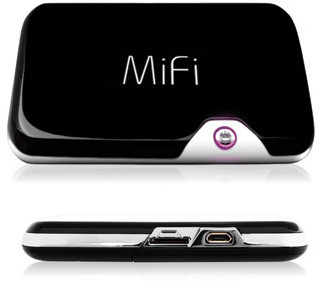HOWTO: Browsing securely, using i2p with Firefox and FoxyProxy
Tags: Eric Jung, http, i2p network, i2p networks, local Internet providers, online research, web browser I’ve been using i2p for a few things, including browsing and keeping my online research for new business ventures out of the prying eyes of my local Internet providers.
I’ve been using i2p for a few things, including browsing and keeping my online research for new business ventures out of the prying eyes of my local Internet providers.
Typically this means using a web browser of some sort to access content on the i2p networks (information that certain restrictive governments would prefer not be made available to the public at large), but it could also mean using an IM client, irc, or other tools to get to resources across the Internet in a secure fashion as well.
You can configure your browser manually to use the i2p proxy settings (127.0.0.1:4444 by default), or if you’re using FireFox, you can use an add-on by Eric Jung called FoxyProxy to configure those URLs for you.
Here’s how! (click the images below for full-size versions)
Read the rest of this entry »
My First Day with the New AT&T MiFi Device
Tags: 3G, ASCII, file sharing, GUI, http, linux, MAC address, Sprint, Verizon, XML I ordered a Novatel MiFi 2372 from Amazon this week, hoping to decouple my primary laptop from holding the 3G SIM card under the battery while I’m on the train back and forth to the office. I spend 5+ hours a day on the train, and having 100% solid connectivity is a must.
I ordered a Novatel MiFi 2372 from Amazon this week, hoping to decouple my primary laptop from holding the 3G SIM card under the battery while I’m on the train back and forth to the office. I spend 5+ hours a day on the train, and having 100% solid connectivity is a must.
I did a lot of research before deciding on this particular device. The closest competitor was the PHS300 from Cradlepoint, but it had one flaw that the MiFi overcame: I can directly plug my AT&T SIM card into the MiFi, but the PHS300 requires an actual USB dongle + SIM card. AT&T wanted $249 for the empty dongle itself, so that was a no-go.
Some of the sites I found on the web indicate that you can hack the configuration of the MiFi using some undocumented options, found only in the config/backup file. This can turn on or disable some features of the device, not visible or exposed in the MiFi web interface.
This is 100% untrue (at least with the 2372 made for North American carriers/networks).
Two of the features I was most-interested in was the ability to charge it over USB while using the device over wifi. This is not directly possible without modification of the USB cable hardware itself. Luckily I have a USB “Y” cable that has data on one male end and power on the other. If I just use the power end, I gain the same feature, but the configuration option is completely ignored.
The option that some sites suggest is:
<routeroverusb>1</routeroverusb>
The other option I wanted to change was the number of maximum connected devices. Having a hardware-locked limit of 5 devices seems highly restrictive, so I checked into that.. and that too, is not modifiable on the 2372. If I’m on the train and have 2 laptops + my BlackBerry with me, that’s already 3 devices. That means I can’t further share my connection with any more than 2 other devices on the train in the car with me. Bad design.
This option looks like:
<allowedclients>5</allowedclients>
If you look at the MiFi itself, it’s really just a cellphone with built-in WAN routing and NAT. The Android phones can do this out of the box already, but those are larger/more-complex/requires contract. The more I play with the MiFi, the more I realize, I’m just holding a phone in my hand, minus a keypad and screen and speakers.
So here’s my synopsis after less than 12 hours of really beating up the device, with the cons first:
Read the rest of this entry »
